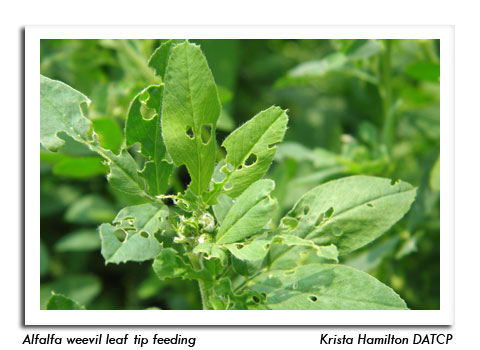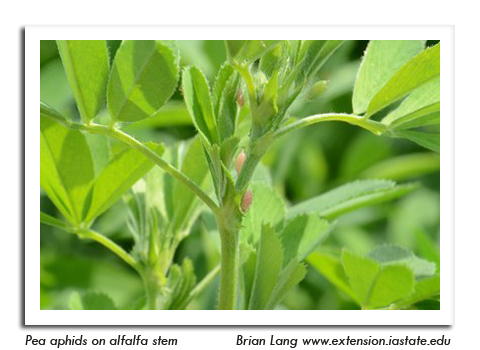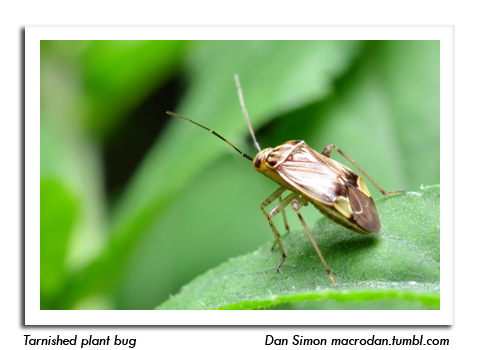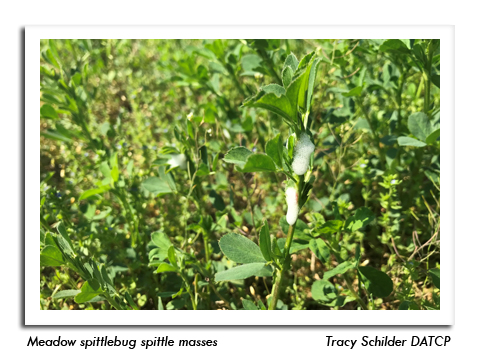
 |
|
|
Forages & Grains
Volume 65 Number 5 Date 05/28/2020 ALFALFA WEEVIL - Larvae were collected for the first time this season on May 26 in Columbia, Crawford, Juneau, Marquette and Sauk counties. Surveys in the southern and central areas found low counts of 1-22 per 100 sweeps in about 16% of alfalfa fields checked. Regular scouting to assess leaf feeding damage should begin next week and continue until early second-crop regrowth is established. A defoliation level of 40% of stems with weevil feeding in the first crop signals the larval population is high and an early harvest would be beneficial. PEA APHID - Densities ranged from 1-6 per sweep and averaged 1.6 per sweep in surveyed fields. Counts of this level are considered non-economic for alfalfa, though aphid populations can escalate rapidly when natural enemy populations are disrupted by alfalfa weevil insecticide sprays. Harvesting fields on time rather than using insecticidal control is important for preserving natural enemies. Peak spring aphid counts are anticipated next week. POTATO LEAFHOPPER - The first distinct migration into Wisconsin occurred last week and leafhoppers are becoming more prevalent in low numbers in alfalfa. Adults were collected in 40% of the 55 fields surveyed by DATCP from May 21-27, with counts varying from 1-23 per 100 sweeps. This insect arrives in Wisconsin around the time the first alfalfa crop is harvested and under hot conditions populations can rapidly increase to damaging levels in the second crop. PLANT BUG - A sharp population increase has occurred in some fields with the appearance of small nymphs. Both the tarnished and alfalfa plant bug species are common in sweep net collections. The highest count recorded during the last reporting period was 87 adult and nymphs per 100 sweeps in a Waushara County field. MEADOW SPITTLEBUG - Nymphs and their frothy spittle masses were first noted in alfalfa on May 26. Populations are currently less than 1-2 per 100 stems. -- Krista Hamilton, DATCP Entomologist .jpg)





|
|
|